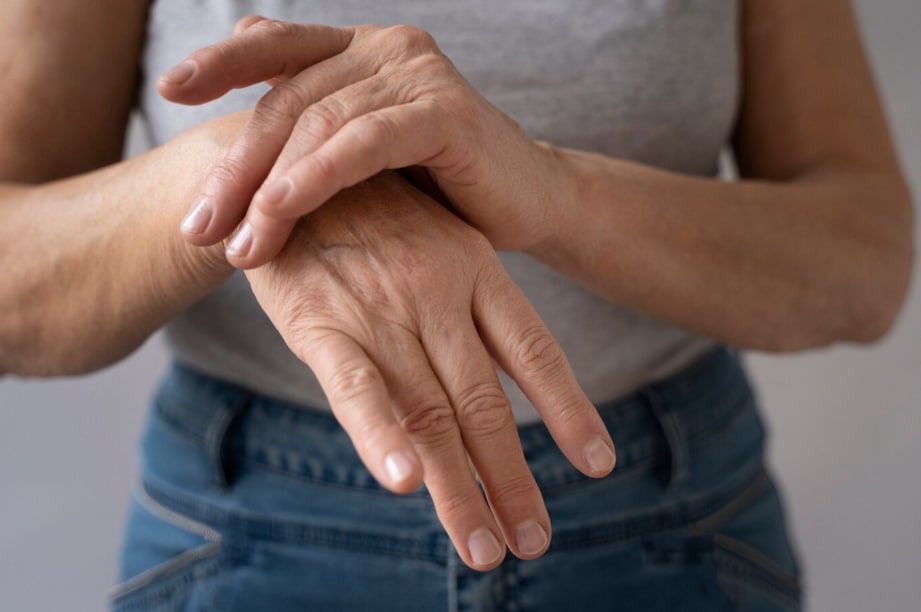According to the World Health Organisation (WHO), more than 60 percent of the 528 million people with osteoarthritis (OA) globally are women, and 73 percent of those affected are over the age of 55. The WHO reports that the knee is the most commonly affected joint, followed by the hip and hand. Also read | Nearly one billion people globally will have osteoarthritis by 2050: Lancet study
In an interview with HT Lifestyle, Dr Sharmila Tulpule, orthopaedic surgeon, regenerative medicine specialist, and founder and director of Orthobiologix Biotech Pvt Ltd, said that osteoarthritis, long thought of as a ‘wear-and-tear’ disease, has become incredibly complex, especially for women.
The prevalence of osteoarthritis, a type of joint disorder that occurs due to cartilage breakdown in the joints, is expected to increase with ageing populations and rising rates of obesity and injuries. By understanding the causes, symptoms, and treatment options for OA, you can take steps to manage the condition and improve your quality of life.
According to Dr Tulpule, below are the factors concerning osteoarthritis in women:
Hormonal changes and menopause
● Estrogen decline during menopause accelerates cartilage degradation, increasing OA risk.
● Hormone replacement therapy (HRT) may offer some benefits but requires careful consideration due to potential risks.
Obesity and metabolic factors
● Obesity is a significant risk factor for OA, particularly in weight-bearing joints like the knees.
● Excess weight increases joint stress and systemic inflammation, exacerbating OA symptoms.
● Even modest weight loss can reduce OA risk and improve joint function.
Physical activity and joint health
● Regular, moderate physical activity strengthens muscles around joints, enhancing mobility and reducing pain.
● Conversely, sedentary lifestyles contribute to joint stiffness and muscle weakness.
Mental health and quality of life
● OA can lead to depression and anxiety, particularly in women, affecting overall well-being.
● Addressing mental health is crucial for effective OA management and improving quality of life.

What to know about regenerative therapies
Dr Tulpule said, “Regenerative therapies offer a more holistic approach by addressing the underlying causes of OA rather than merely alleviating symptoms. They are particularly beneficial for women seeking alternatives to invasive surgeries and medications.”
According to Dr Tulpule, stem cell therapy holds promise as a regenerative treatment for knee osteoarthritis, offering potential benefits in pain reduction and functional improvement.
Explaining platelet-rich plasma (PRP) therapy, Dr Tulpule said it utilises growth factors from the patient’s own blood to stimulate tissue repair and reduce inflammation. “Studies indicate that PRP can provide longer-term pain relief and functional improvement compared to traditional treatments like hyaluronic acid (HA) injections,” she said.
Dr Tulpule added that gold-induced cytokine therapy is a novel regenerative treatment that involves incubating the patient’s own blood with gold particles, enhancing the anti-inflammatory and reparative properties of platelets. Studies have shown that it can lead to significant improvements in pain and function in patients with knee OA, with minimal adverse effects, she said.
Management and prevention
“For women, osteoarthritis is not just a joint issue — it intertwines with hormonal health, body weight, lifestyle, mental wellness, and occupational context,” Dr Tulpule said.
According to her, a nuanced approach means:
1. Advocating early detection especially during menopause.
2. Promoting preventive strategies combining diet, weight management, and exercise.
3. Considering hormone-based therapies for symptomatic relief when appropriate.
4. Supporting women’s mental health alongside physical care.
5. Raising community awareness on how everyday activities shape OA risk.
Dr Tulpule concluded, “By addressing the unique facets of OA in women, clinicians can shift from reactive interventions to proactive, personalised care. This not only delays disease progression, but preserves mobility, dignity, and quality of life for millions of women worldwide.”
Note to readers: This article is for informational purposes only and not a substitute for professional medical advice. Always seek the advice of your doctor with any questions about a medical condition.
